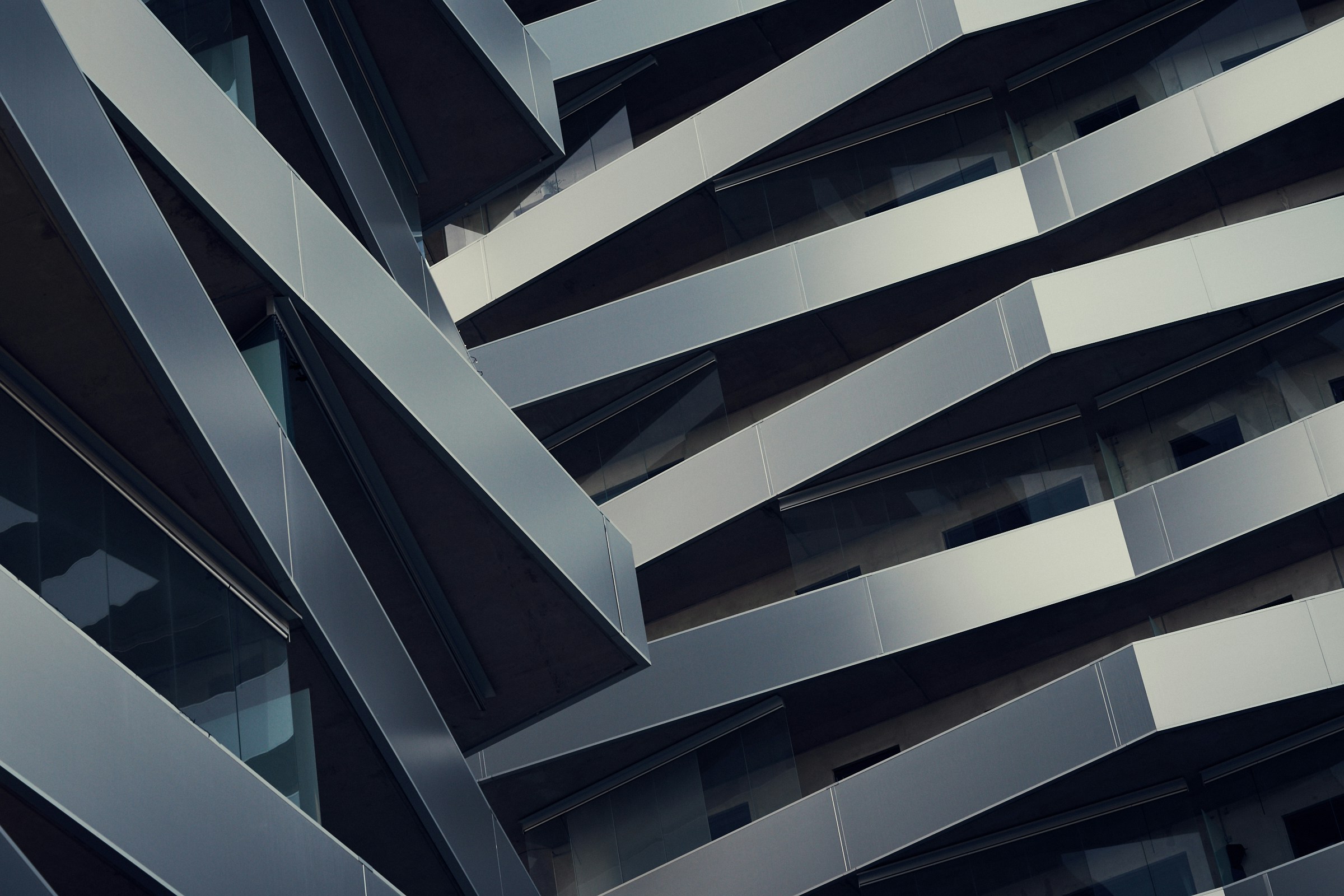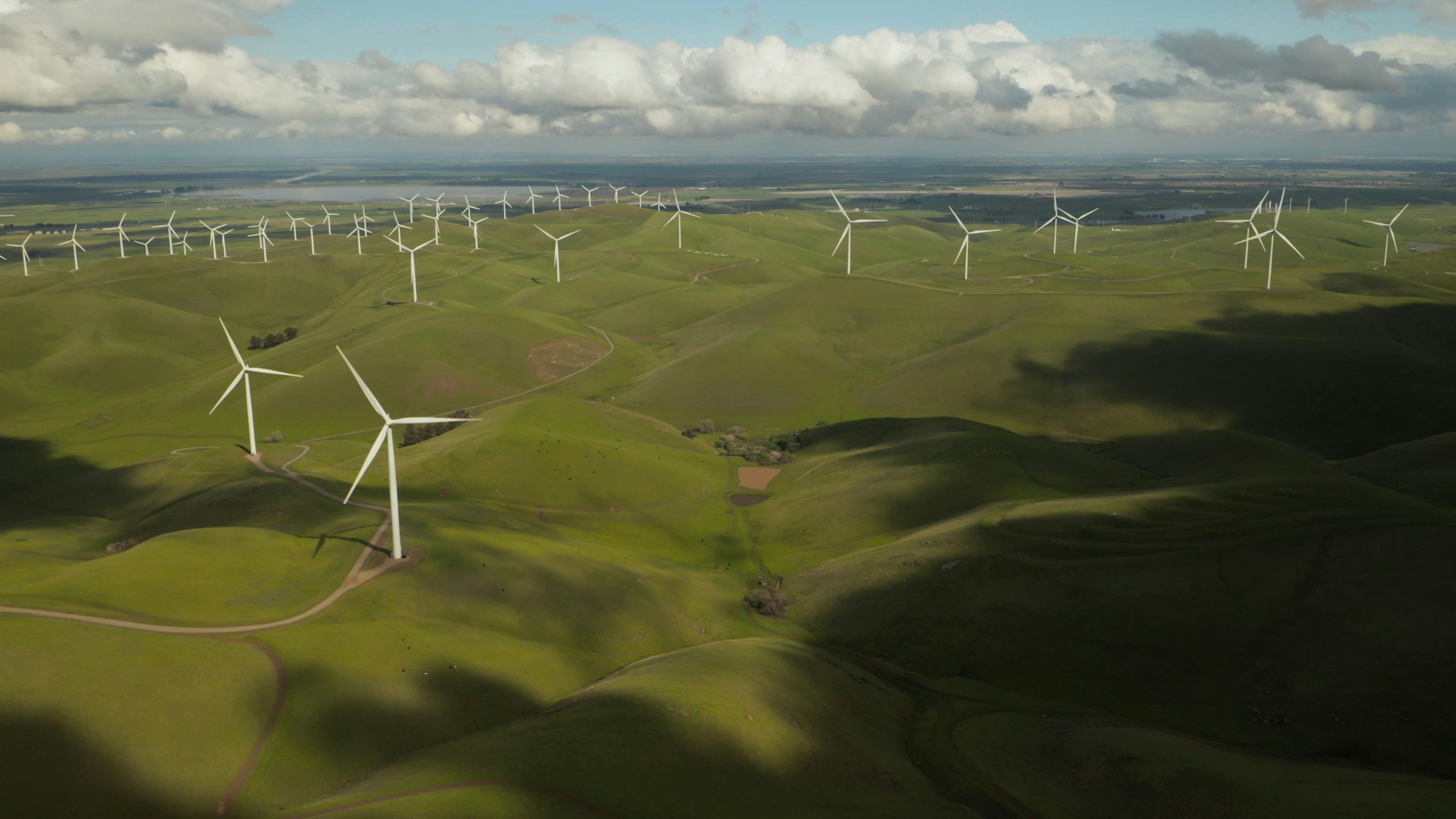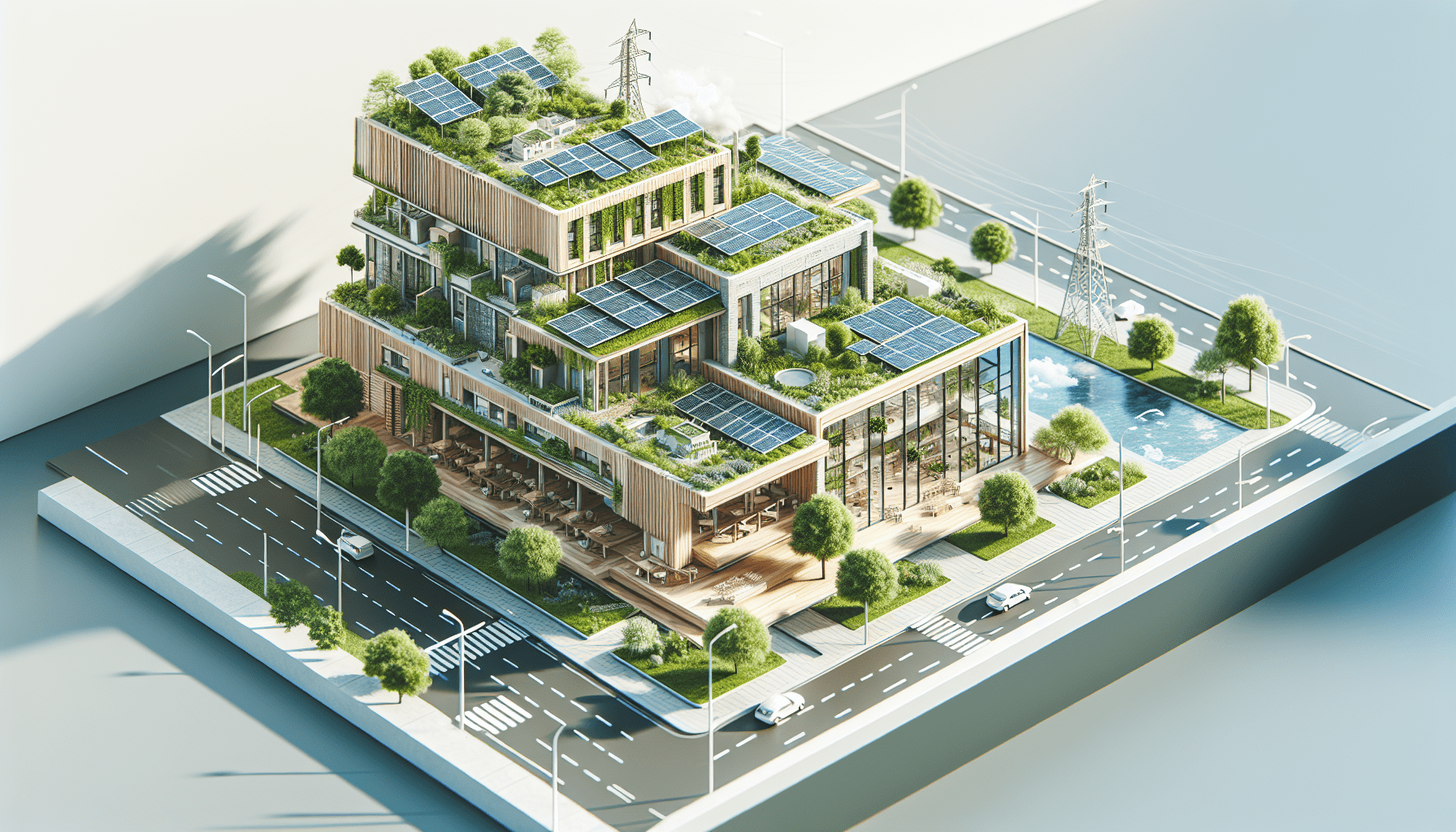Hey there! Let’s dive into the exciting world of innovative sustainable architecture designs. In this enlightening piece, we explore some of the most groundbreaking and eco-friendly architectural marvels that are changing the way we think about building and living. From structures that harmonize with natural landscapes to urban designs that maximize energy efficiency, these pioneering creations not only reduce our carbon footprint but also inspire us to envision a greener, more sustainable future. Join us as we take a closer look at how architects around the world are redefining the concept of sustainability with creativity and ingenuity. Have you ever wondered how innovative sustainable architecture designs are reshaping our world? The buildings we inhabit and the spaces we navigate are experiencing a revolution. With sustainability becoming an essential consideration in design and construction, we are witnessing a surge in creative and eco-friendly architectural solutions.

The Evolution of Sustainable Architecture
Early Beginnings
Sustainable architecture hasn’t always been at the forefront of our thoughts. Originally, the primary goal of architecture was to protect us from the elements. Yet, as industrialization advanced, we increasingly exploited natural resources, leading to significant environmental impact. Over time, it became clear that we needed to consider the environmental footprint of our built environment.
Modern Sustainability Movement
Fast forward to the modern era, and sustainable architecture has grown into a critical and widely accepted concept. Today’s architects and designers are leveraging technology and innovative materials to create buildings that minimize environmental impact while promoting a healthy lifestyle for occupants.
Core Principles of Sustainable Architecture
For us to recognize and appreciate innovative designs, it’s vital to understand the core principles underpinning sustainable architecture:
Energy Efficiency
Energy efficiency is central to sustainable architecture. This involves designing buildings to use as little energy as possible for heating, cooling, lighting, and other operations. Techniques include maximizing natural light, using efficient insulation, and installing renewable energy sources like solar panels.
Water Conservation
Water conservation techniques are key as well. Whether through rainwater harvesting, graywater systems, or low-flow fixtures, the aim is to significantly reduce water waste.
Sustainable Materials
Using sustainable materials means selecting resources that have minimal environmental impact. This might involve using recycled materials, locally-sourced products, or sustainable alternatives like bamboo or reclaimed wood.
Healthy Indoor Environment
The indoor environment significantly affects our health. Sustainable architecture prioritizes good air quality, natural light, and non-toxic materials to ensure that spaces contribute to our overall well-being.
Minimal Environmental Impact
From construction to demolition, the entire lifecycle of a building should aim to reduce its environmental footprint. This includes minimizing waste, reducing emissions, and ensuring the building can be easily repurposed or deconstructed.
Innovative Sustainable Architecture Designs
With these principles as a foundation, let’s dive into some specific examples of innovative sustainable architecture designs making waves around the globe.
Passive House Design
The Passive House (or Passivhaus) standard focuses on extreme energy efficiency and comfort. These buildings maintain a comfortable indoor climate without relying heavily on active heating and cooling systems.
Key Features:
- Excellent insulation
- Airtight construction
- High-performance windows
- Heat recovery ventilation systems
Net-Zero Energy Buildings
Net-zero energy buildings aim to produce as much energy as they consume over a year. These are typically equipped with renewable energy systems and constructed to maximize energy efficiency.
Techniques Used:
- Renewable energy sources like solar or wind
- High-efficiency appliances and systems
- Efficient insulation and windows
- Smart home technology for energy management
Living Buildings
Living buildings go beyond sustainability to create a positive impact on their surroundings. They aim to be self-sufficient in energy and water, and to improve natural ecosystems.
Performance Areas:
- Site: Restoring the project site to its natural state
- Water: Creating a closed-loop system for water use
- Energy: Generating all the building’s energy needs on-site
- Health: Promoting physical and mental well-being
Eco Skyscrapers
With urban areas expanding, eco skyscrapers represent a sustainable solution for high-density cities. They integrate energy efficiency, renewable energy, and green spaces within tall structures.
| Feature | Example |
|---|---|
| Vertical Gardens | Bosco Verticale, Milan |
| Renewable Energy | Pearl River Tower, Guangzhou |
| Rainwater Harvesting | Taipei 101, Taipei |
| Energy Efficiency | The Edge, Amsterdam |
Examples of Innovative Sustainable Buildings
The Edge, Amsterdam
The Edge is often cited as one of the world’s most sustainable office buildings. It combines smart technology with eco-friendly design features to create a highly efficient workspace.
Highlights:
- Smart lighting controlled by sensors
- Solar panels providing energy
- Rainwater harvesting systems
- Efficient thermal insulation
Bosco Verticale, Milan
Bosco Verticale, or ‘Vertical Forest’, is a pair of residential towers in Milan, Italy, that incorporates trees and bushes into the structure.
Highlights:
- Over 900 trees and 20,000 plants
- Provides natural insulation
- Absorbs CO2 and produces oxygen
- Enhances biodiversity in urban areas
BedZED, London
The BedZED (Beddington Zero Energy Development) project in London is a mixed-use sustainable community that demonstrates how sustainable living can be achieved.
Highlights:
- Solar panels and on-site renewable energy
- Excellent insulation and energy-efficient homes
- On-site recycling and composting facilities
- Car-sharing schemes and pedestrian-friendly designs
Masdar City, Abu Dhabi
Masdar City aims to be one of the most sustainable cities in the world, designed to attract clean-tech companies and showcase sustainable urban living.
Highlights:
- Zero-carbon, zero-waste community
- Solar energy and other renewable energy solutions
- Car-free streets and optimized pedestrian experience
- Buildings oriented to reduce energy consumption

Challenges and Innovations in Sustainable Architecture
While there are incredible advances, sustainable architecture is not without its challenges. However, these challenges are being met with remarkable innovations.
Integrated Renewable Energy Systems
One significant challenge is integrating renewable energy systems into existing infrastructural frameworks. Innovations in solar panel design, like building-integrated photovoltaics (BIPVs), allow us to turn windows and facades into energy-generating surfaces.
Advanced Insulation Materials
Another challenge is achieving effective insulation without compromising space. Aerogel, known as ‘frozen smoke’, offers excellent thermal insulation properties while being exceptionally lightweight and thin.
Water Management Solutions
Effective water management in urban areas is complex, but innovations such as green roofs and permeable pavements can help manage stormwater and reduce runoff, promoting groundwater recharge.
The Role of Technology in Sustainable Architecture
Smart Building Systems
Smart building systems are revolutionizing how we manage energy consumption. Imagine a building where lighting, heating, and cooling automatically adjust based on occupancy and weather conditions. This technology not only enhances comfort but significantly reduces energy usage.
Building Information Modeling (BIM)
Building Information Modeling (BIM) allows for more efficient design and construction processes. BIM software provides 3D modeling capabilities that improve collaboration, reduce waste, and ensure buildings are designed for sustainability from the outset.
3D Printing in Construction
3D printing is cutting down material waste and construction times. By using bio-based and recycled materials in 3D printing, we can create complex structures without the associated environmental footprint of traditional building methods.

Sustainability Certifications in Architecture
Understanding different certifications helps us evaluate the sustainability of building designs effectively:
| Certification | Description |
|---|---|
| LEED (Leadership in Energy and Environmental Design) | Recognizes buildings that meet certain energy and environmental impact standards. Focuses on sustainability across the building’s lifecycle. |
| BREEAM (Building Research Establishment Environmental Assessment Method) | International scheme that assesses the environmental, social, and economic sustainability performance of buildings. |
| WELL Building Standard | Focuses on enhancing health and well-being through building design. Relies on performance metrics, design strategies, and policies. |
| Green Star | Emphasizes environmental, economic, and socio-economic factors, and can be applied to all building types at different stages of their lifecycle. |
Real-World Applications and Future Trends
Adaptive Reuse
One promising trend is adaptive reuse, where old buildings are repurposed rather than demolished. This not only preserves cultural heritage but also reduces waste and energy consumption associated with new construction.
Urban Farming and Green Spaces
Integrating urban farming and green spaces into architectural designs can contribute to food security, reduce urban heat islands, and enhance the quality of urban life.
Modular and Prefabricated Buildings
Modular and prefabricated buildings are becoming more popular because they allow for precision construction, reduce waste, and typically utilize sustainable materials.
Biophilic Design
Biophilic design focuses on enhancing the connection between people and nature. This trend emphasizes natural light, air quality, and plant life within architectural designs, contributing to mental and physical well-being.

Conclusion
Innovative sustainable architecture designs are transforming the way we live and interact with our environment. By focusing on principles of energy efficiency, water conservation, sustainable materials, and creating healthy indoor environments, we are building a future where our constructed spaces coexist harmoniously with nature.
As we continue to innovate, the future of architecture looks bright and green. From Passive House designs to eco skyscrapers, our buildings are standing tall as symbols of our commitment to sustainability. By embracing these innovations, we pave the way for a healthier, more sustainable world for generations to come. We invite you to join us on this journey toward architectural innovations that respect our planet and enrich our lives.